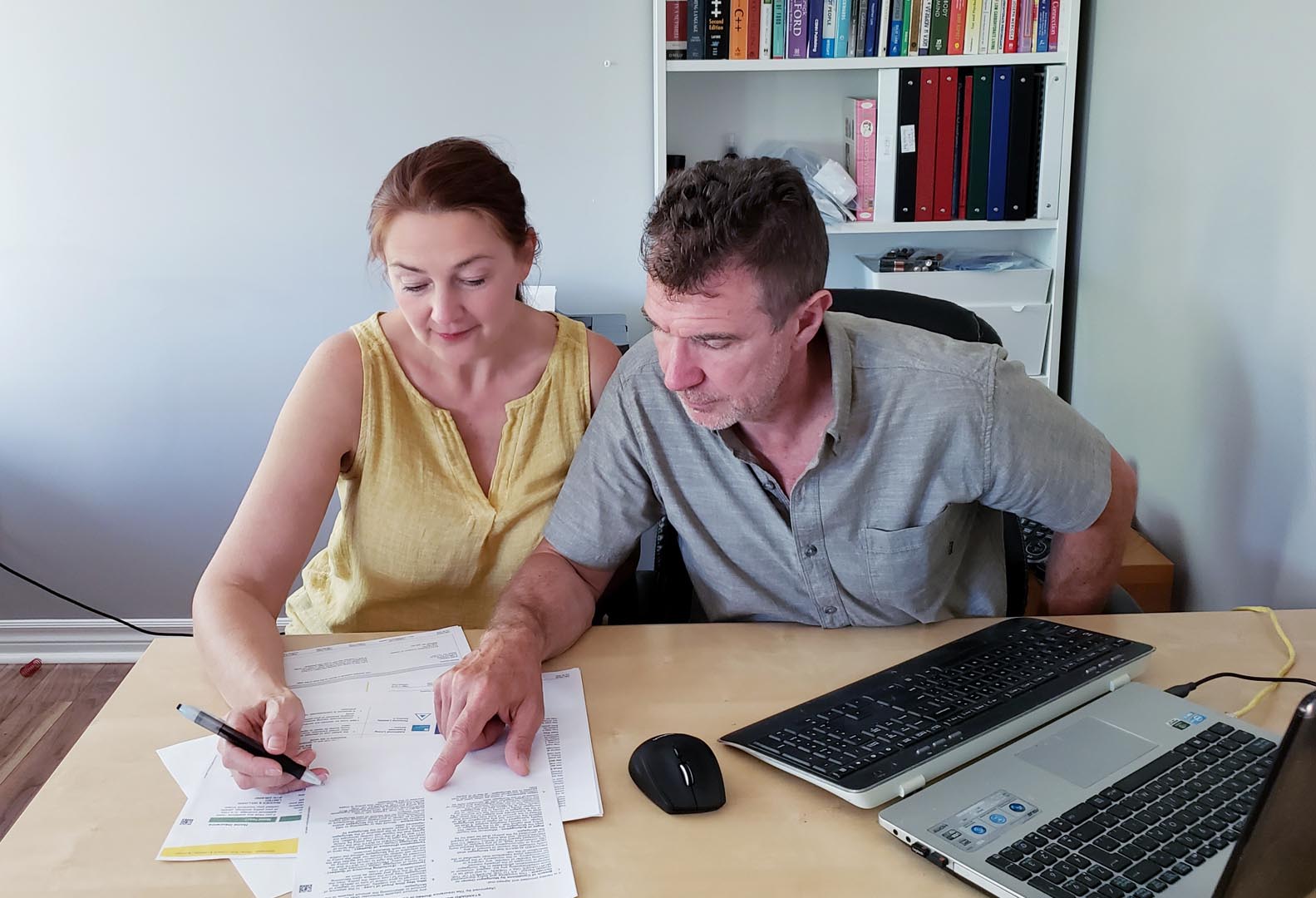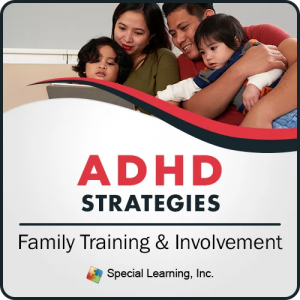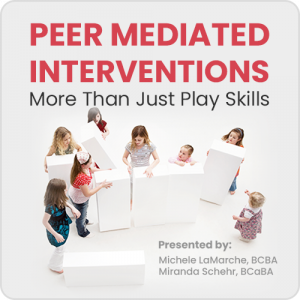Funding Overview
Finding funding for the treatment of autism spectrum disorders (ASD) is almost always complicated and time-consuming. Parents should prepare to set aside enough time to perform adequate research, meet contacts and develop both long- and short-term budgetary schedules. Funding coordination can easily become a full-time job, but with a little help from Special Learning, plus knowledge of your basic rights and where to go for sources of funding, you can greatly simplify and expedite the process. The costs for continual, lifelong individualized behavioral and medical treatment for a single patient are estimated to be between $3 and $7 million dollars. There are few parents who have anywhere close to the amount required to pay directly for treatments on a monthly, annual, or ongoing basis.
The Direct and Indirect Costs for a Child With Autism
The cost for the care of a child with autism must be estimated based on both direct and indirect costs for the child’s medical, behavioral, and educational programs. Costs for autism treatment, when calculated for both policymaking and insurance purposes, usually omit the costs of services, equipment, or other supplies (medical or otherwise) that a child diagnosed with autism will typically use.
Direct costs include:
- Physician and other medical professional services
- Equipment
- At-home supplies
- Hospital rates
- Emergency services
- Drugs and pharmaceuticals
- Medically related travel costs
Indirect costs include:
- education
- Child care
- Respite care
- Placement services
- Additional therapies for related, comorbid conditions
- Costs to parents’ income and time
So we understand what kind of numbers we are talking about, let us take some of the more common, important direct costs and observe how much you might expect to pay:
- Applied Behavioral Analysis (ABA) Therapy: $46,000 – 47,500 per year, at a rate of $120 per hour of Board Certified Behavior Analyst (BCBA) consulting services, including average supplementary materials costs.
- Clinical or At-home ABA Therapy: $15,000 per year, at $30 per hour for a BCBA line therapy program.
- Speech Therapy/Occupational Therapy/Physical Therapy (ST/OT/PT): $12,000 per year, at a rate of $75 per half-hour session.
Average Direct Costs by Age
For the first few years of the life of a positively diagnosed child with one of the milder forms of autism, the costs for diagnosis and for getting started on treatments and early intervention programs tend to run fairly high. The average costs for direct expenses by age are:
- $35,000 per year from birth to about 5 or 6 years of age, when your child will possibly be entering public school. A large part of direct medical costs in this age group is behavioral therapies like ABA Therapy.
- $6,000 per year from 5 to 8 years of age. Most families tend to see a dramatic decrease in costs for autism treatment at this age. Typically, this decline is due to a decrease in behavioral therapy treatment, and also a decrease in prescription drugs, complementary therapies, and alternative therapy costs, as well as special needs physicians and dental costs.
- Direct costs usually decline to around $1,000 per year for the rest of the child’s life. Some direct medical and treatment costs decline less steadily than others, and each individual’s needs are always distinct and different.
Keep in mind that these averages represent a wide range of treatment plans and options as well as different diagnoses within the autism spectrum. They include parents who are able to arrange full-time direct care through volunteers and family members that cost practically nothing, as well as families that pay for full-time certified ABA therapists seven days a week.
Average Indirect Costs
Since there is no single treatment protocol for all children with autism, and individual families have access to an assorted mix of treatment options, indirect cost averages are too arbitrary and unsystematic to calculate cost per child per year. But just to give you a range, average indirect costs are between $19,000 and $43,000 per child per year for the first 21 years of life for a child.
Needless to say, these costs add up. They are not publicized here to scare you or add any more stress. Instead, use them as a mean guideline. It’s a good tool to understand the numbers that insurance companies, policymakers, and medical and wellness professionals are using to adjust their short- and long-term strategies, which directly affect your child’s development. Now that you have some preliminary understanding of what goes into cost calculations, we can begin to examine the options.
Funding Sources
After your child has received a positive diagnosis and you have gone through preliminary treatment options with your child’s physician and doctors, funding should definitely be addressed next. First of all, it should go without saying that while ASD is often a lifelong diagnosis, it does not have to affect the quality of life you have planned for your child. Stakeholders in autism treatment like yourself are always seeking ways to cover the direct and indirect costs of autism services. Many families look first to the state to assist with financial needs. Likewise, state policymakers and lobbyists look to health insurers (both private and public) to cover growing needs. As of 2010, most state legislatures have passed referendums and bills that either expand Medicaid coverage targeting autism costs specifically or are requiring private insurers to cover more autism service costs, as well as provide funding for a wider demographic of autism-affected families.
Private Pay
Direct out-of-pocket payment should only be an option if your family cannot meet the criteria for other funding methods. Private pay includes funding treatment and autism service costs from your savings, 401K, credit cards, and loans.
For many middle-class families, private pay is one of their only options because public funding services are typically earmarked for lower-income families. Employers also tend to choose insurance packages with benefits that sometimes have a much smaller impact on middle-income families. Private pay has unfortunately been the only option for many families with children with autism, but thanks to new federal and state laws, more funding sources for treatment and especially education are opening up.
Health Insurance
Health insurance companies are notoriously hard to deal with given the typical web of stipulations that come with reimbursement and payment procedures. But that should not discourage you; many states have special legislation that orders private insurance companies to provide support, reimbursement, or payment for many autism treatments and related service costs.
Your first step is to know exactly what your coverage is for you and your family. Talk to your employer’s human resources department to have them explain and give you a copy of your policy. Next, talk to your insurance company directly and discuss any further questions and concerns. Oftentimes, representatives do not know everything about their company’s payment procedures or state legislative requirements. It is important to find a representative that is informed, and when possible, to start a relationship with them. Remember to always get everything in writing when dealing with insurance companies, reiterating and indicating pertinent stipulations and requests in a full document.
Tips:
Send thank-you notes and pictures of your child to your insurance company representative. This helps bring your needs to a personal level.
When dealing with your insurance policy, you should be aware of some particular issues that commonly crop up: spending caps, deductibles, referrals, and treatment limits.
Health insurance often pays for direct-cost treatments and therapies, including ABA therapy, OT, PT, and ST. It also can pay for diagnostic testing and pharmaceutical treatments. But health insurance often excludes equipment and at-home environmental adaptations.
Autism Insurance Act
Since the ratification of the Autism Insurance Act of 2008, all private insurers must provide for diagnosis, treatments, psychological services, consultations, behavioral therapies, care services, and medication for individuals with ASDs up to 21 years of age. A number of potentially critical services are covered by this provision, though it is capped at only $36,000 per individual per year
Copyright © by Special Learning Inc. All right reserved.
No part of this article may be reproduced in any manner whatsoever without written permission except in the case of brief quotations embodied in critical articles and reviews. For information, contact Special Learning Inc., at: contact@special-learning.com








